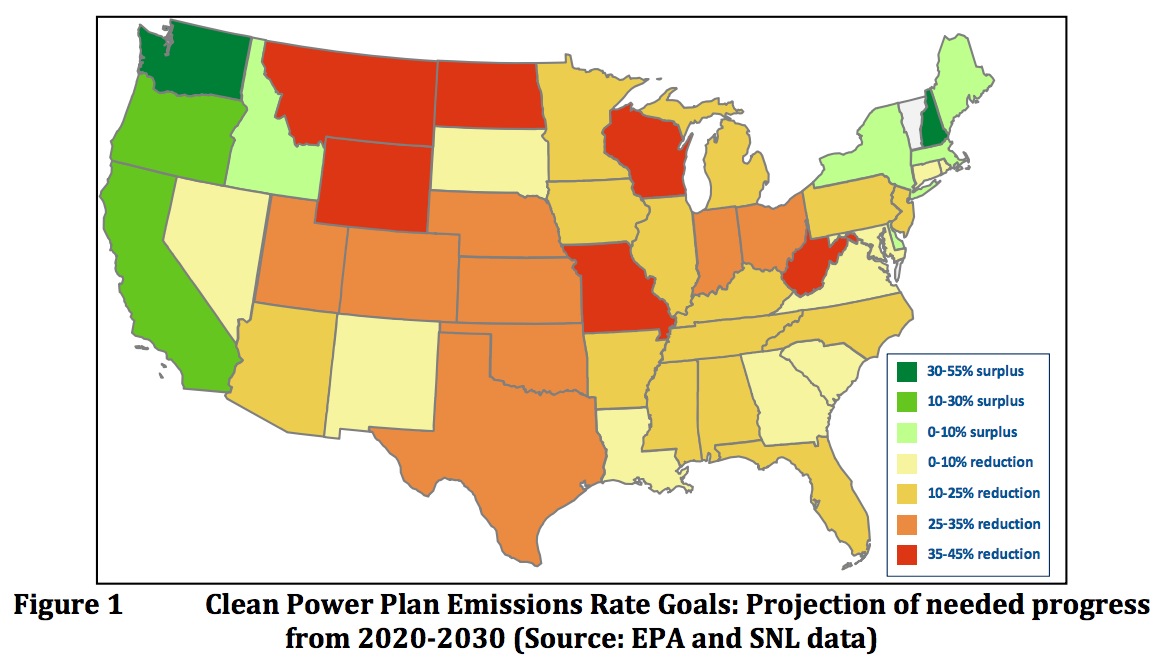
BLACK & VEATCH Introduction On August 3, 2015, President Obama announced the Environmental Protection Agency’s (EPA) final Clean Power Plan (CPP) rule for reducing carbon dioxide (CO2) emissions from existing fossil fuel electric generating units (EGUs). The final rule establishes CO2 emission performance rates based upon the EPA’s determination of the best system of emission […]
View this complete post...











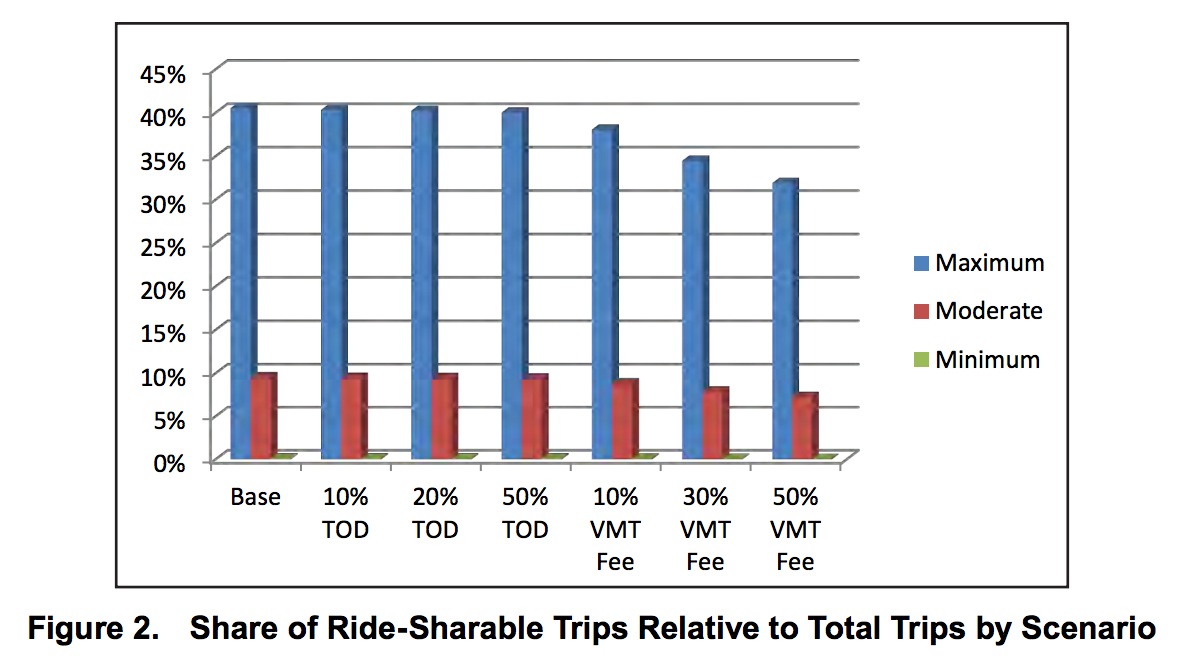
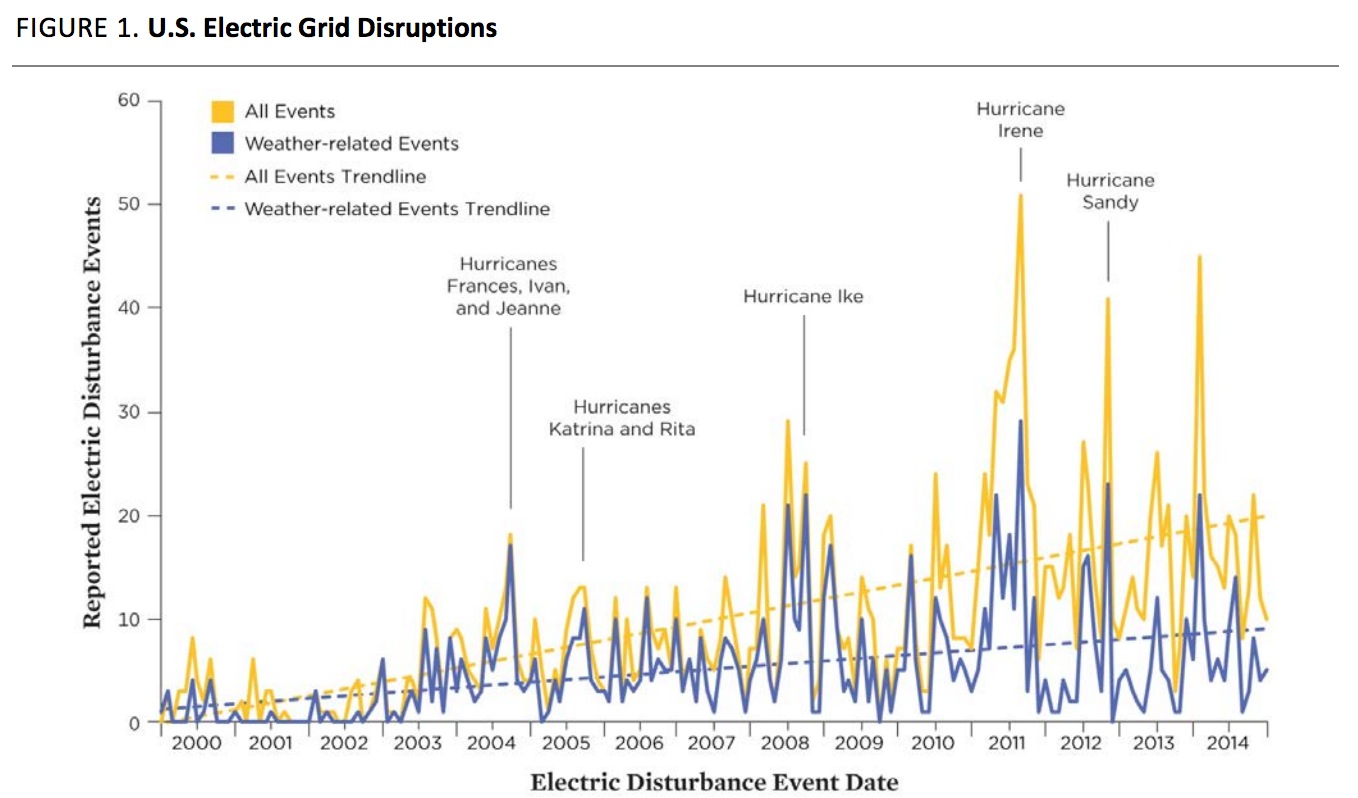
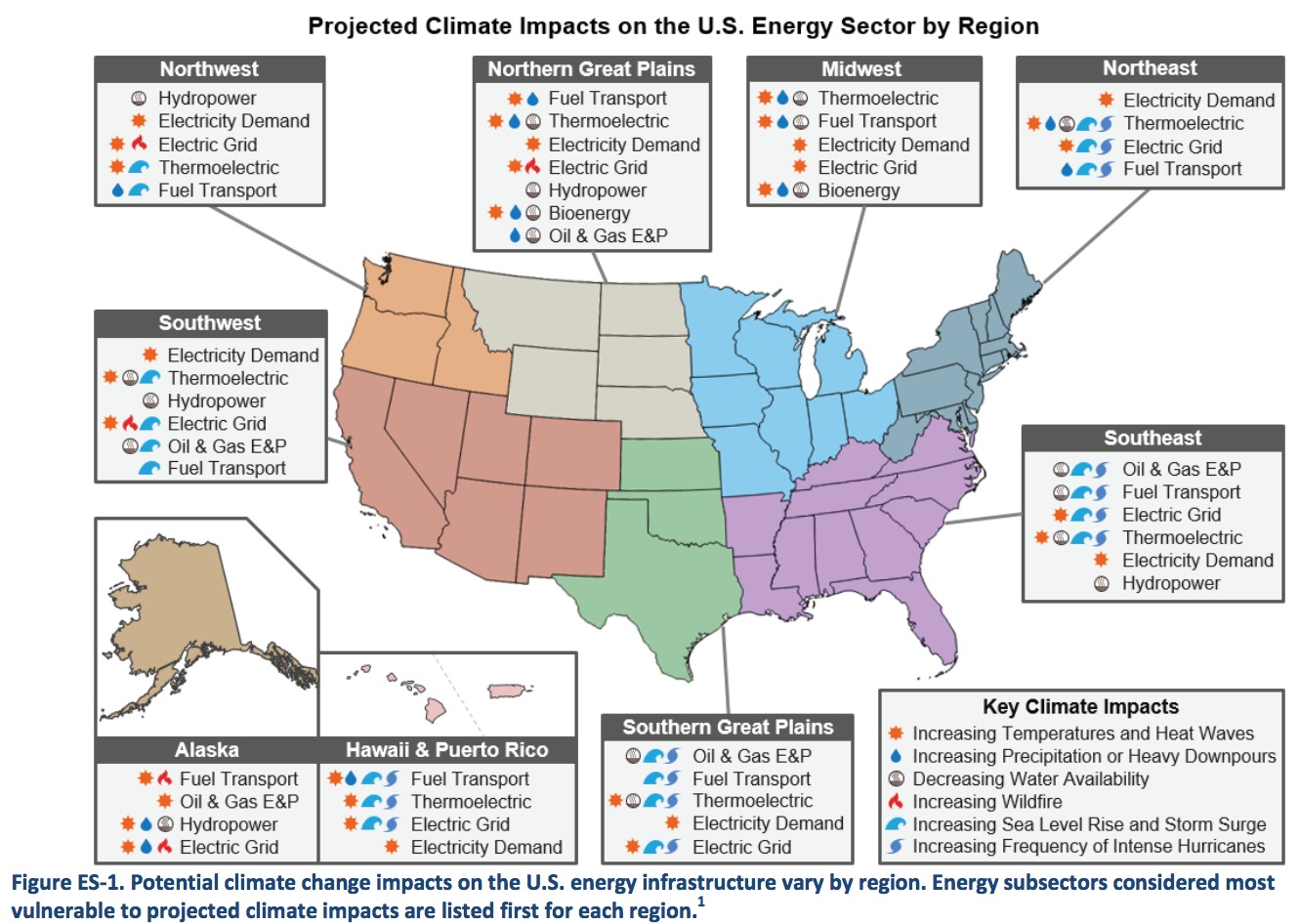
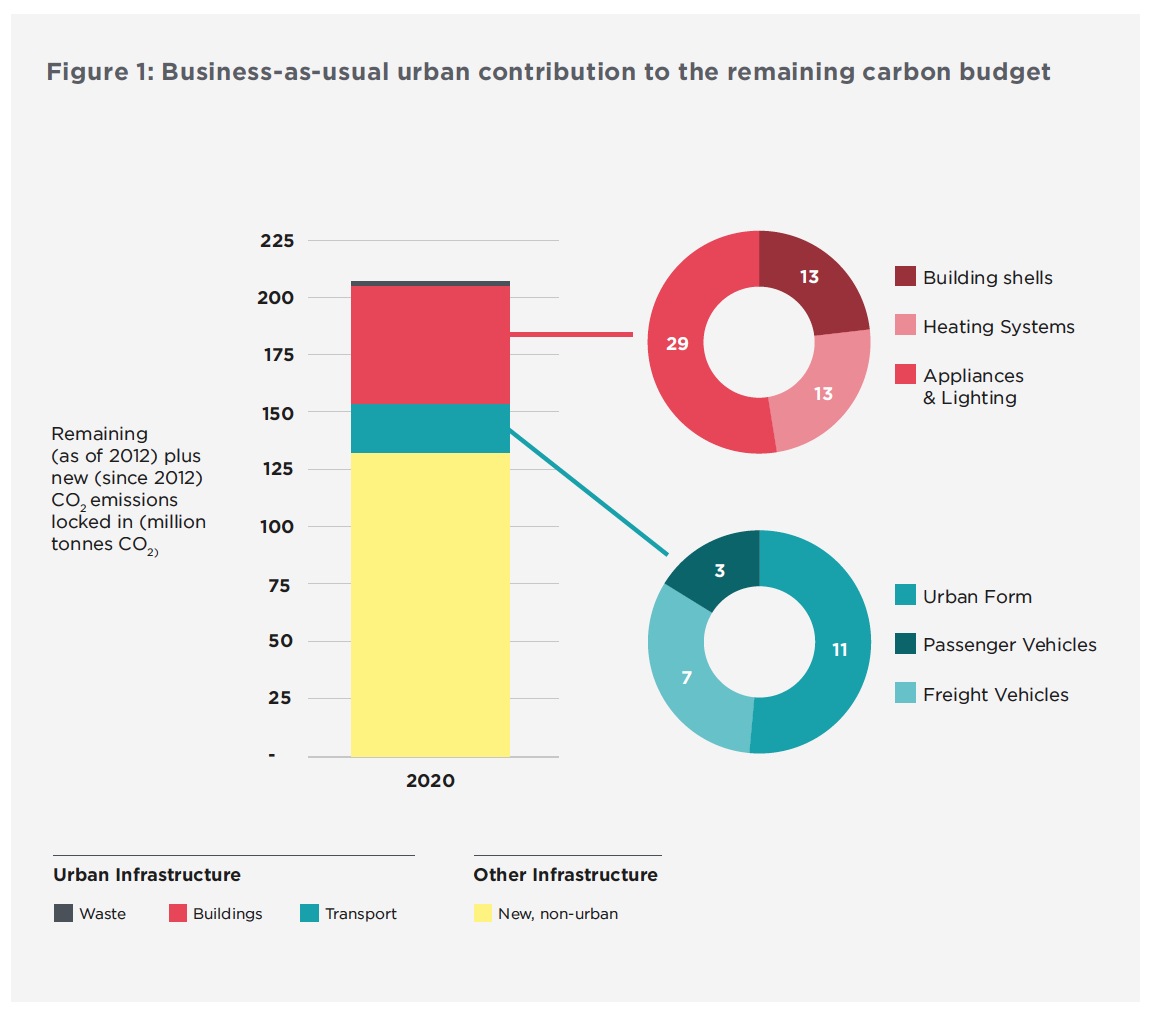
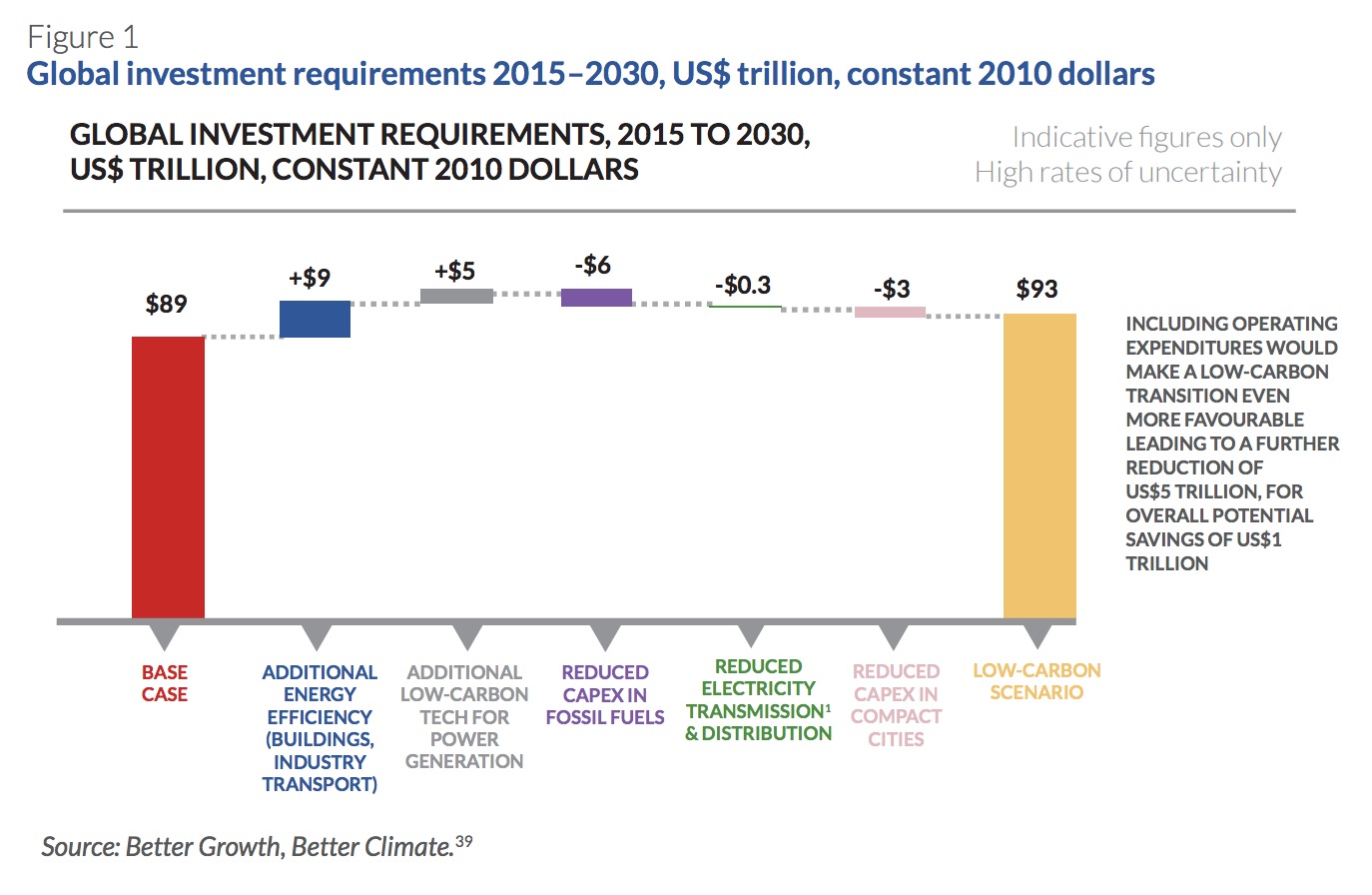

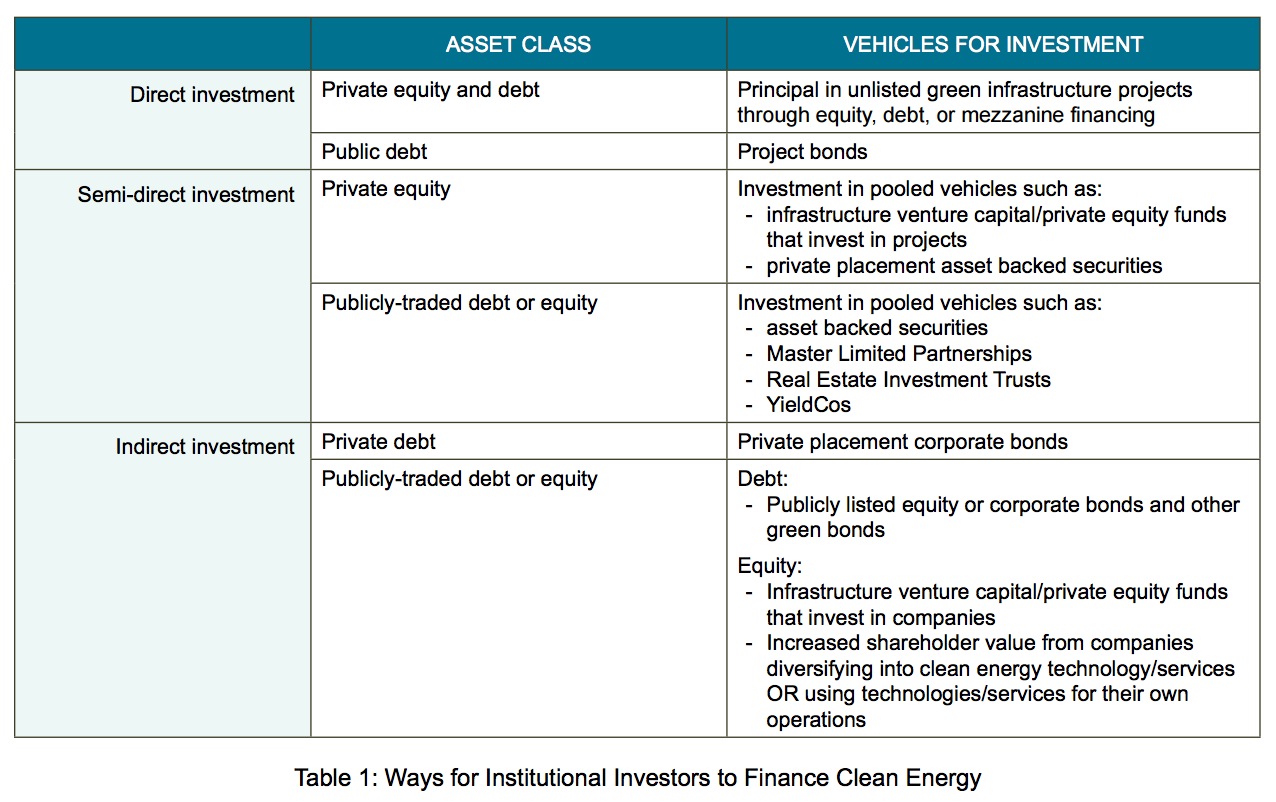
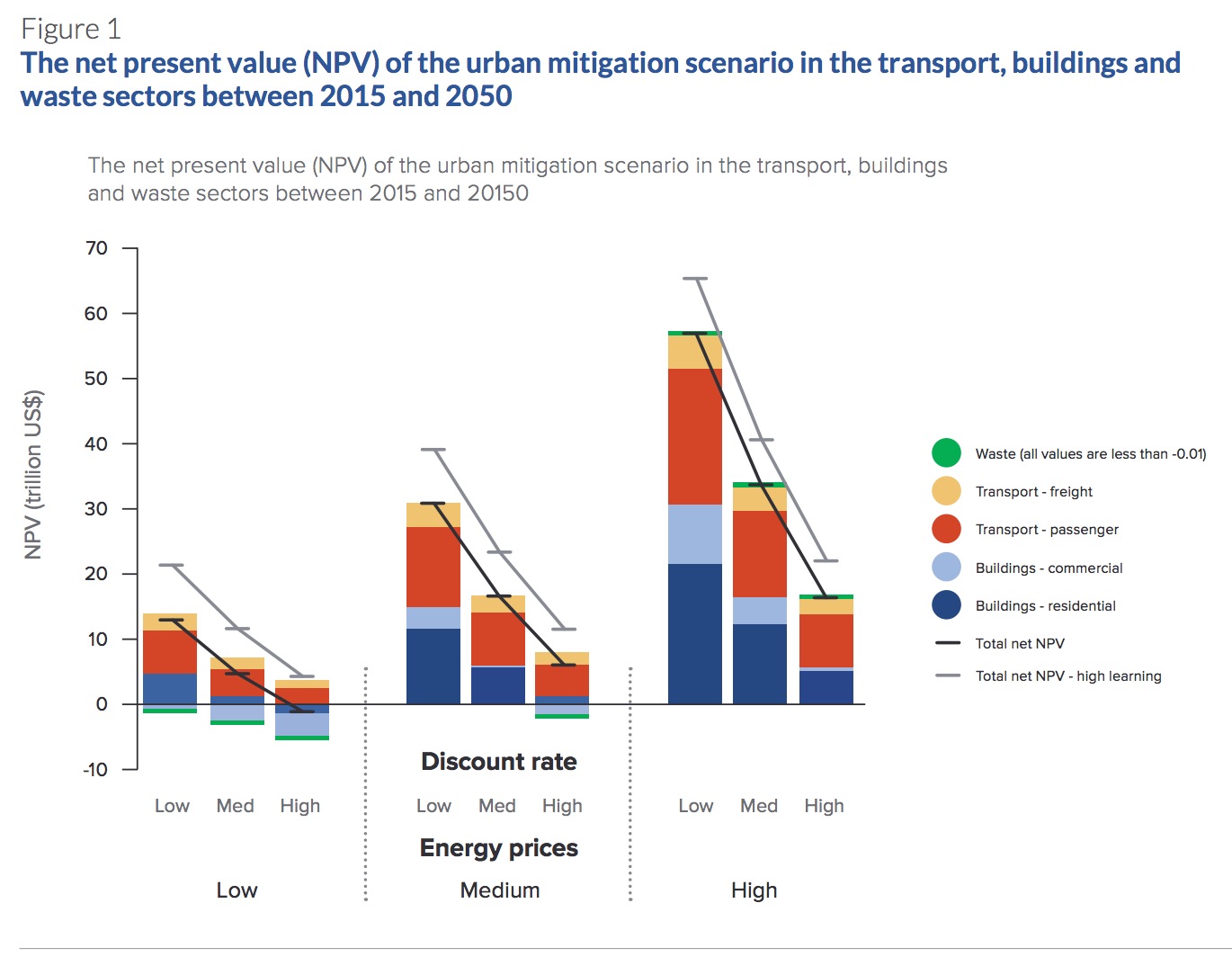
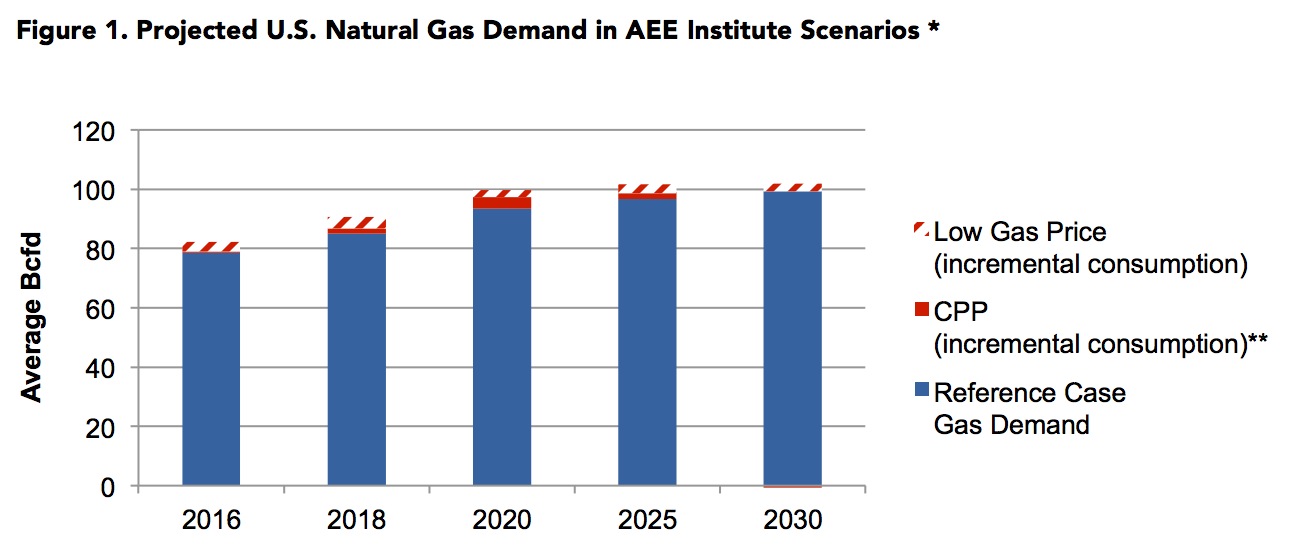

 RSS Feed
RSS Feed